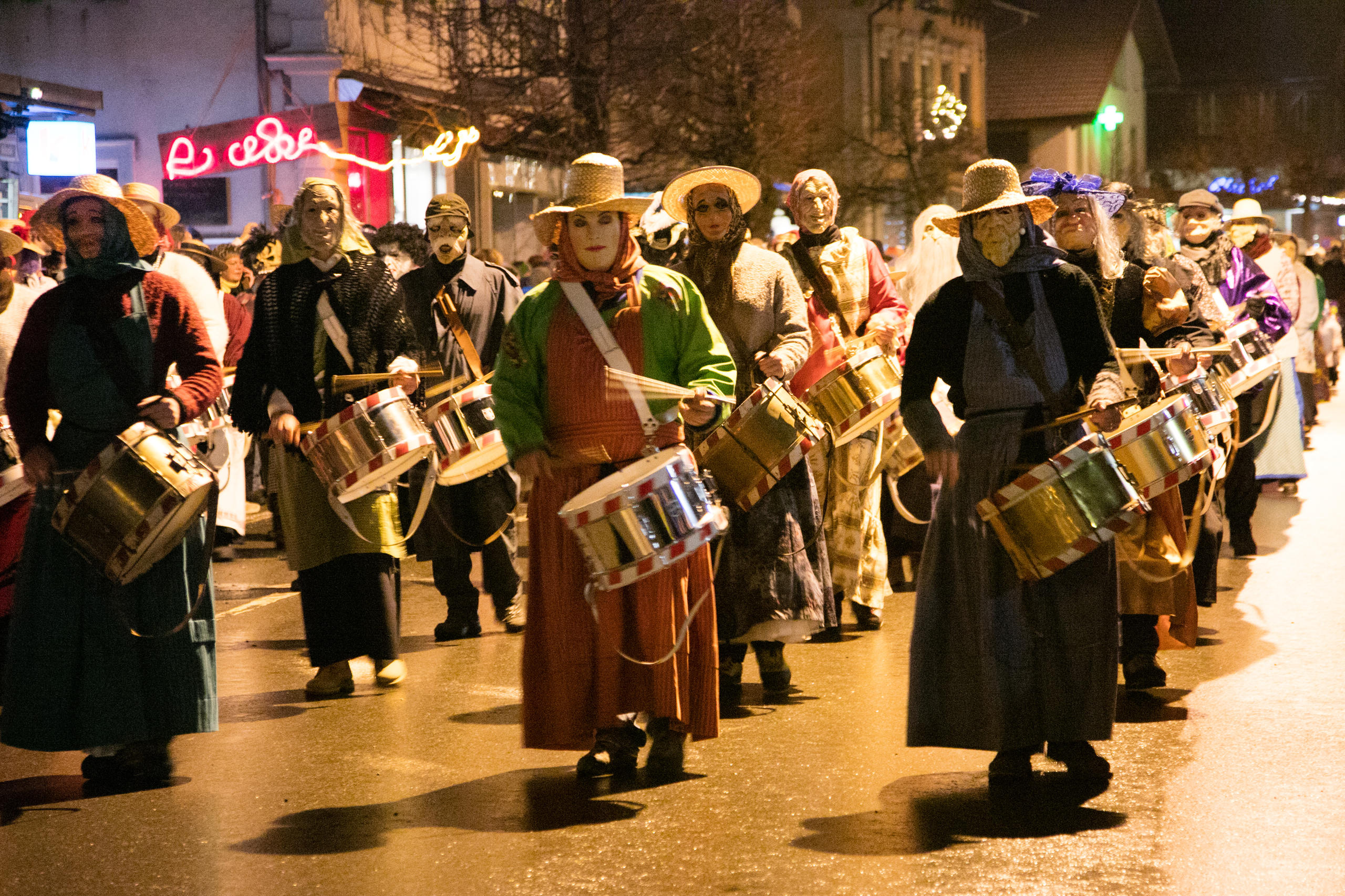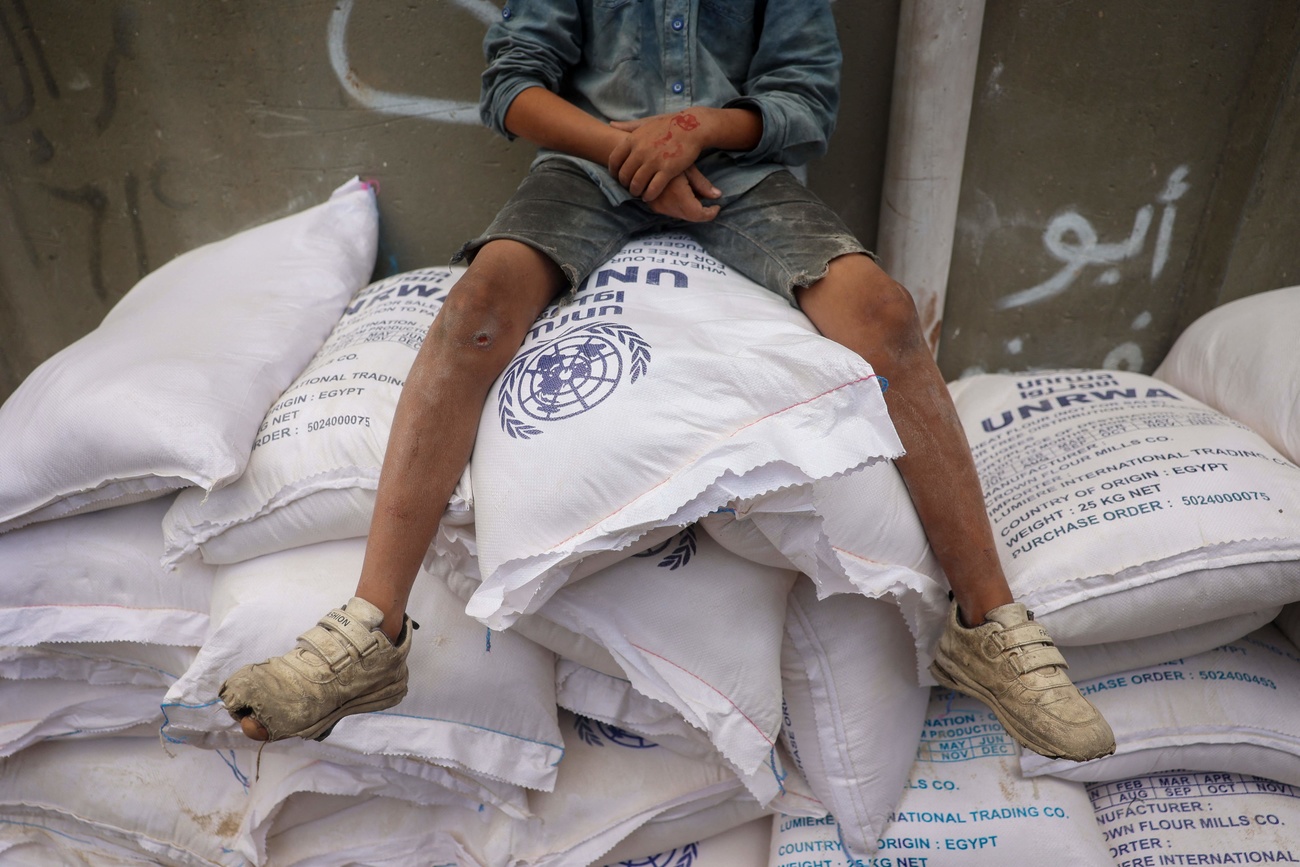St Gallen geothermal project to continue

The city of St Gallen is to continue provisionally with its geothermal project despite the earth tremor triggered by boring work on July 20 which was felt across a large area of eastern Switzerland, and its aftershocks.
Fredy Brunner, the member of the city council responsible for technical operations, announced the decision on Tuesday, having informed Swiss Energy Minister Doris Leuthard the previous day.
The decision was taken after consultations with various experts, he said. The borehole has been stabilised and pipes have again been inserted to a depth of 4,000 metres. Another 400 metres remains to be re-drilled and fitted with pipes.
When the first phase of the work has been completed at the end of October, drilling will be temporarily halted and the borehole will be sealed. A final decision on whether to continue will be taken in summer 2014. Local voters will have to approve future steps.
A “far-sighted” decision
The Federal Energy Office, which wants geothermal power to supply about six per cent of Switzerland’s energy needs by 2050, has welcomed St Gallen’s decision.
Energy Office spokeswoman Marianne Zünd told the Swiss News Agency that her office believed in the potential of geothermal power. “We simply have too little experience of this technology,” she said. “It is only through such projects and international networking that we can increase the level of our knowledge.”
“We realise that geothermal projects are expensive and entail certain risks,” she added, explaining that was why the government had provided a risk guarantee.
The Swiss Society for Geothermal Energy described the decision not to abandon the project as “far-sighted”. It said the timetable that had been drawn up would make it possible to analyse all the data carefully, and that this would help develop better models to evaluate seismic risks.
“Those in charge of the project are aware that it is impossible to completely rule out tremors being heard or felt during future work,” the society pointed out.
Promising energy source
Drilling for the St Gallen project had been on hold since the quake, which had a magnitude of 3.5, and whose epicentre was registered at a depth of four kilometres. The Swiss Seismological Service (SED), based at Federal institute of Technology Zurich said at the time it was directly related to test measurements and simulations for the drilling of the geothermal power project.
Stefan Wiemer, the director of the SED, quoted by the Swiss News Agency, said man-made earthquakes were a growing problem. He warned that the aftershocks could continue for months or years, but added that quakes below a magnitude of four generally caused no damage.
It is thought that existing tensions had helped trigger the tremor.
A similar project in Basel was called off in 2009, three years after a series of tremors, the largest of which registered a magnitude of 3.4.
Geothermal energy, which exploits the underground heat produced from the decay of naturally occurring radioactive elements, is currently used in Switzerland mainly for heating. However, the project in St Gallen, along with another one underway in Lavey-les-Bains in the south west of the country, is designed to produce electricity.
According to the Energy Office, the potential for geothermal electricity production in Switzerland is very high, but “there is still a great deal of uncertainty regarding the associated costs and feasibility”. Its attractions include the fact that it is “inexhaustible, clean and constant”, and CO2 free. It says experts believe that by 2030 the country will have about a dozen geothermal plants in operation.

In compliance with the JTI standards
More: SWI swissinfo.ch certified by the Journalism Trust Initiative











You can find an overview of ongoing debates with our journalists here . Please join us!
If you want to start a conversation about a topic raised in this article or want to report factual errors, email us at english@swissinfo.ch.